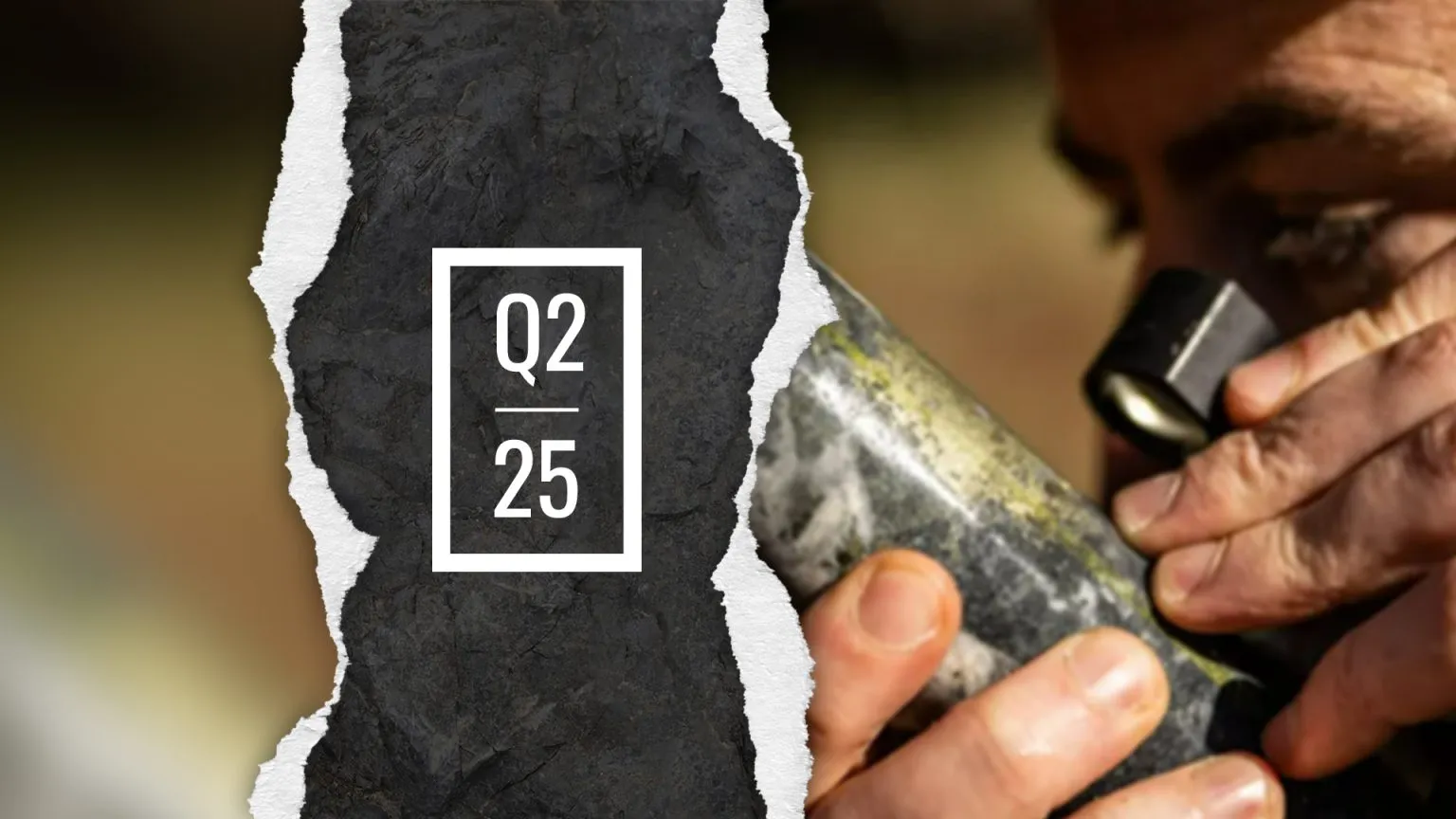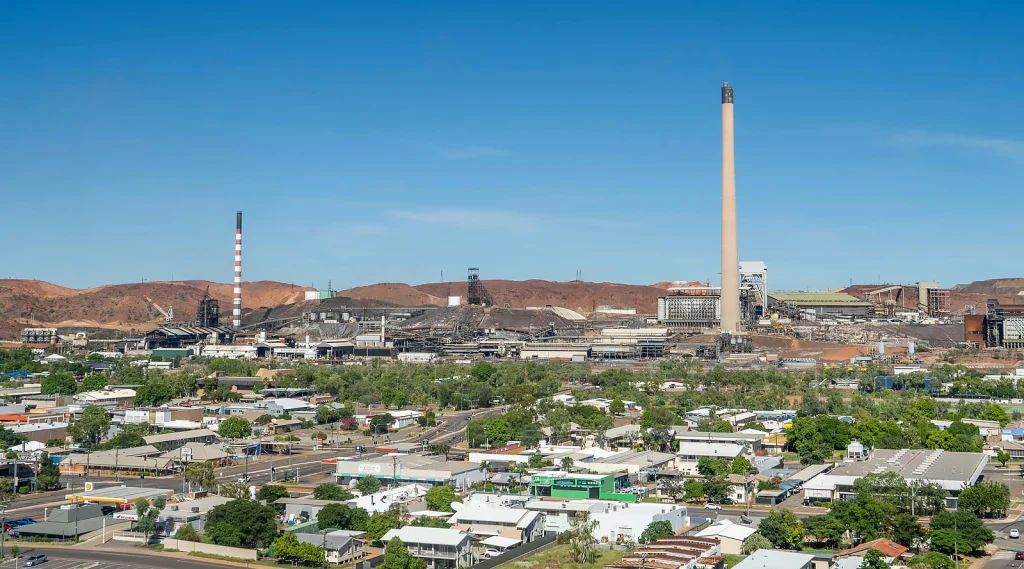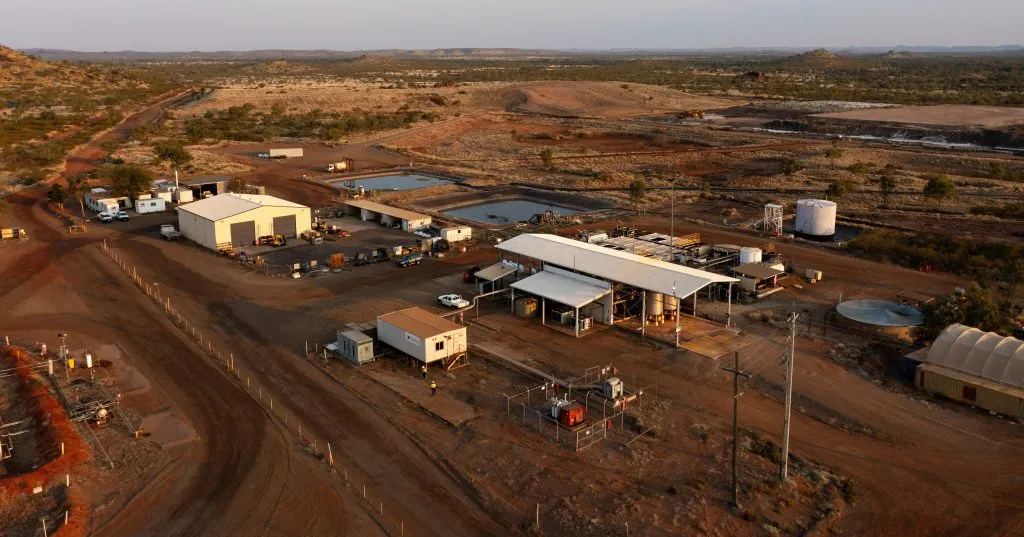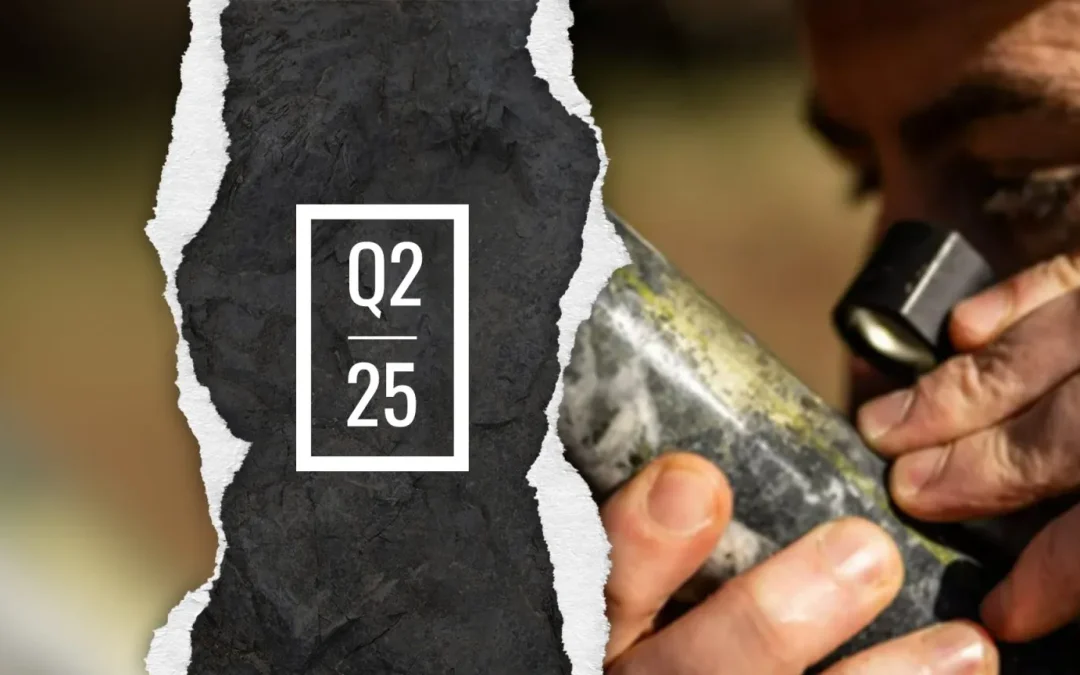June 30, 2025

Mergers and acquisitions shaped the copper landscape in the second quarter of 2025, headlined by cash deals being done at high premiums, signalling the ever growing concerns over the depth of the future copper deficit.
In May, Xanadu Mines (ASX:XAM) was handed a $160 million, or $0.08–per-share, cash offer from Bastion Mining, with the deal valuing the junior at a 57% premium to its share price of $0.051 at the time.
This was closely followed by London-based Central Asia Metals’ (LSE:CAML) $185 million cash play for New World Resources (ASX:NWC), which represented a 95.7% premium to the target’s 30-day volume weighted average price and 150% more than the issue price of its March 2025 capital raise.
This offer has ignited a bidding war for New World Resources that has seen Central Asia raise its offer three times since the original bid, with the cash offer now sitting at $0.062 per share, and Kinterra Capital enter the fray with a $0.057-per-share offer.
Since Central Asia tabled the first bid in May, New World Resources’ shares have surged nearly 136% to mark a new 52-week high of $0.066 last Friday (27 June).
Ivan Fairhall, Managing Director of Canada-focused copper explorer Pivotal Metals (ASX:PVT), says all eyes are on the New World Resources bidding war right now.
“This is an exciting development for mid-sized companies with executable projects in great locations. It’s the beginning of the next cycle,” he tells Mining.com.au.
“The copper scarcity theme is increasing and people are looking at a bare cupboard of projects. Private equity funds and offtakers are getting more active in earlier stage projects.”
Mitch Thomas, CEO of junior Peru-focused copper explorer Solis Minerals (ASX:SLM), says there has been significant turbulence in the macro space in Q2, but that has not dented the outlook for copper.
“In terms of copper specific events, geotechnical issues at the Kamoa-Kakula copper complex impacted prices and also highlighted that while copper mining will need to keep going deeper this also introduces greater risk to supply,” Thomas notes.
Ivanhoe Mines (TSX:IVN) temporarily suspended operations at the Kakula underground mine in the Democratic Republic of the Congo on 20 May 2025 following seismic activity.
This prompted the miner to revise its 2025 production expectations down from 520,000-580,000 tonnes to 370,000-420,000 tonnes and withdraw its 2026 production guidance completely.
Meanwhile, Rio Tinto (ASX:RIO) announced in early June it has had to consider an alternative plan for its Oyu Tolgoi Mine in Mongolia that would see the Entrée joint venture contribution to production potentially delayed from the original 2027 start date.
Development work has been paused until the licence transfer from Entrée to Oyu Tolgoi LLC is finalised by the Government of Mongolia.
Then there is the imminent closure of Glencore’s (LSE:GLEN) Mt Isa Copper Operations which is expected to be finalised in July.
Jonathon Trewartha, CEO of critical minerals explorer Lincoln Minerals (ASX:LML), says copper prices strengthened over the second quarter, driven by steady demand from electrification, the energy transition and infrastructure development, while supply challenges continued in key producing regions.
“Stockpiles have tightened, which has added further support to prices,” he tells Mining.com.au.
Copper inventories at the London Metal Exchange have slid 80% so far this year, leaving less than a day of global supply available.
“It’s a reminder of how important new, high-quality copper discoveries will be in meeting future demand,” Trewartha says.

Smelters paying miners for copper
Kincora Copper (ASX:KCC) CEO Sam Spring says another indicator of the tight copper market during the second quarter is near-record low treatment and refining charges.
Treatment and refining charges, or TC/RCs as they are often referred to, are the fees paid by miners to smelters to turn their copper concentrate into refined copper.
“We have continued to see risks to the supply side, with two of the mega new mines, Kamoa-Kakula and Oyu Tolgoi revising production guidance, and a very tight physical market for copper as illustrated by TC/RCs remaining at near-record low levels,” Spring tells this news service.
Frazer Tabeart, Managing Director of small cap copper hunter Alma Metals (ASX:ALM), says TC/RCs are generally in the range of US$60 to US$80 per tonne and US$0.06 to US$0.08 per pound of copper.
However, these charges have recently dropped into negative territory.
“So that means the smelters are actually paying people to deliver concentrate, and really what that tells you is there is a lack of concentrate supply going to those smelters,” Tabeart tells Mining.com.au.
“There are a number of new smelters being built to meet environmental standards, and obviously people don’t invest in smelters if they don’t think there’s a long-term demand for copper.
“So it tells you long term people want a lot of copper but short term they can’t get enough to fill those smelters, so they are offering – effectively – incentives to people to deliver copper.”
Antares Metals (ASX:AM5) CEO Johan Lambrechts says in late March the COMEX copper price hit record highs, but the surge was considered over-extended.
“In early April, China announced retaliatory tariffs against the US, triggering a sell-off and a sharp correction,” he explains.
“Since then, the copper market (price) has been steadily recovering, as global energy demands increase, and the copper market is set to grow from the current $240 billion to $340 billion in 2030.”
At the same time, the world is severely lacking in major new discoveries, which is setting the stage for a significant shortfall to come.
“This lack of major copper resource replacement isn’t affecting us at the moment, as supply generally matches demand,” Lambrechts tells Mining.com.au.
“However, when the major mines near the end of their life and there are no new projects to replace them, the focus on discovery will increase exponentially due to the looming supply deficit.”
As a result, the general consensus is that M&A activity will only intensify.
Solis’ Thomas says there is an equity value disconnect between producers and explorers and he expects more M&A in the copper space.
True North Copper (ASX:TNC), which earlier this year completed a recapitalisation and relisted on the ASX, is eyeing potential consolidation opportunities in the Mt Isa region of Queensland.
Glencore wants to keep its Mount Isa copper smelter running despite the closure of its underground operations because it is one of only two still in operation in Australia and the only smelter which treats third-party products, supporting small and mid-sized miners in the northwest region.

Consolidation a key theme
True North Copper Managing Director Bevan Jones says Queensland has a vested interest in making sure that Mount Isa is supported.
“The entire region is centred around the copper smelter, all the facilities of Glencore. But all of the near-term production is not in the hands of Glencore,” Jones notes.
“Specifically, it’s in the hands of companies like True North Copper. We are fortunate to be in the situation where we are in the box seat.”
While True North could be on Glencore’s radar as a potential takeover target, Jones tells this news service the company is more focused on growing its project portfolio and resources.
“There is a need for regional consolidation. It is a bit of a jigsaw puzzle how that’s all pulled together, but the pieces are starting to come together,” he says.
“There is a need for regional consolidation. It is a bit of a jigsaw puzzle how that’s all pulled together, but the pieces are starting to come together”
“And we have been very closely looking at opportunities that could see consolidation in the region potentially. Rather than being swallowed up by somebody else, we would be part of that consolidation process.”
In January, just prior to relisting on the ASX, True North Copper named Paul Cronin as its new non-executive Chairman.
Jones says Cronin has a strong background in mergers and acquisitions, growing companies from exploration organisations into operations.
Kincora Copper, meanwhile, is in talks with new potential asset-level partners for its more advanced projects.
“We are seeing strong interest from the gold, diversified and copper majors, consistent with these groups looking to return to growth and partner with credible explorers with large-scale projects as they increasingly revisit building up their project portfolios for new potential tier-one scale discoveries,” Spring says.
Kincora has a portfolio of 12 large-scale porphyry projects, of which the company has so far secured deals for five that potentially provides over $110 million worth of multi-year exploration funding.

